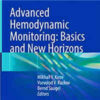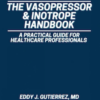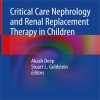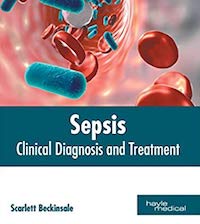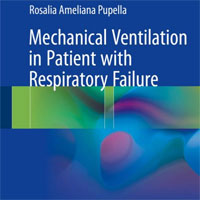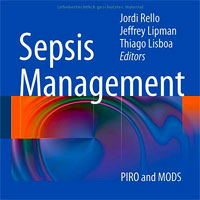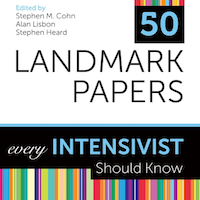Time-Controlled Adaptive Ventilation Versus Volume-Controlled Ventilation in Experimental Pneumonia
journals.lww.com
In the model of pneumonia used herein, at the same tidal volume and mean airway pressure, time-controlled adaptive ventilation, compared with volume-controlled ventilation, was associated with less lung damage and bacteremia and reduced gene expression of mediators associated with inflammation.
24 hours after pneumonia induction, Wistar rats (n = 7) were ventilated with time-controlled adaptive ventilation (tidal volume = 8 mL/kg, airway pressure release ventilation for a Thigh = 0.75–0.85 s, release pressure (Plow) set at 0 cm H2O, and generating a positive end-release pressure = 1.6 cm H2O applied for Tlow = 0.11–0.14 s).
The expiratory flow was terminated at 75% of the expiratory flow peak. An additional 14 animals were ventilated using volume-controlled ventilation, maintaining similar time-controlled adaptive ventilation levels of positive end-release pressure (positive end-expiratory pressure=1.6 cm H2O) and mean airway pressure = 10 cm H2O. Additional nonventilated animals (n = 7) were used for analysis of molecular biology markers.
After 1 hour of mechanical ventilation, the heterogeneity score, the expression of pro-inflammatory biomarkers interleukin-6 and cytokine-induced neutrophil chemoattractant-1 in lung tissue were significantly lower in the time-controlled adaptive ventilation than volume-controlled ventilation with similar mean airway pressure groups (p = 0.008, p = 0.011, and p = 0.011, respectively).


